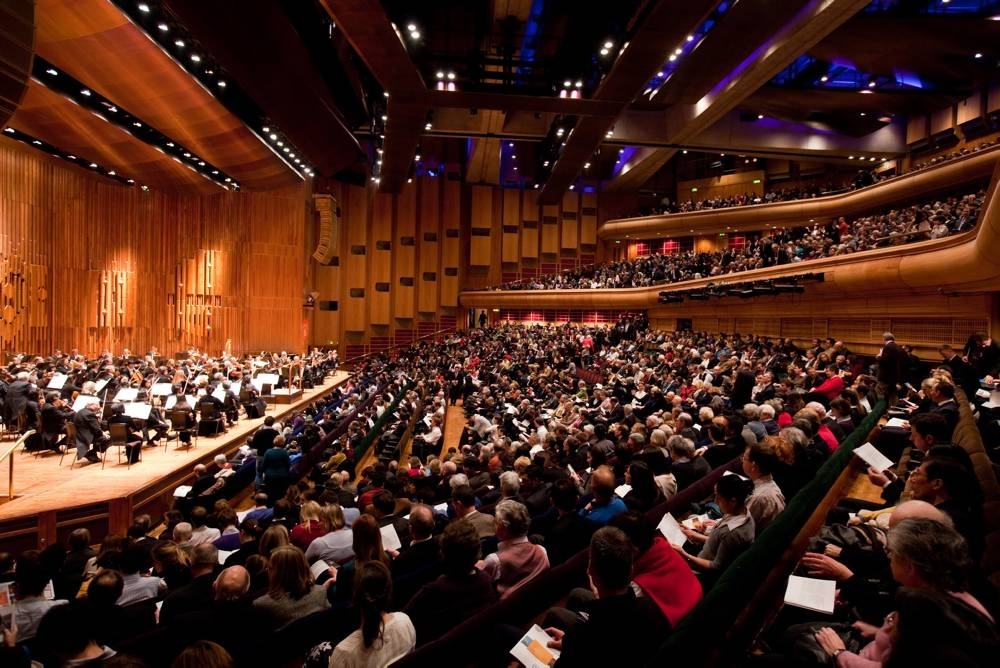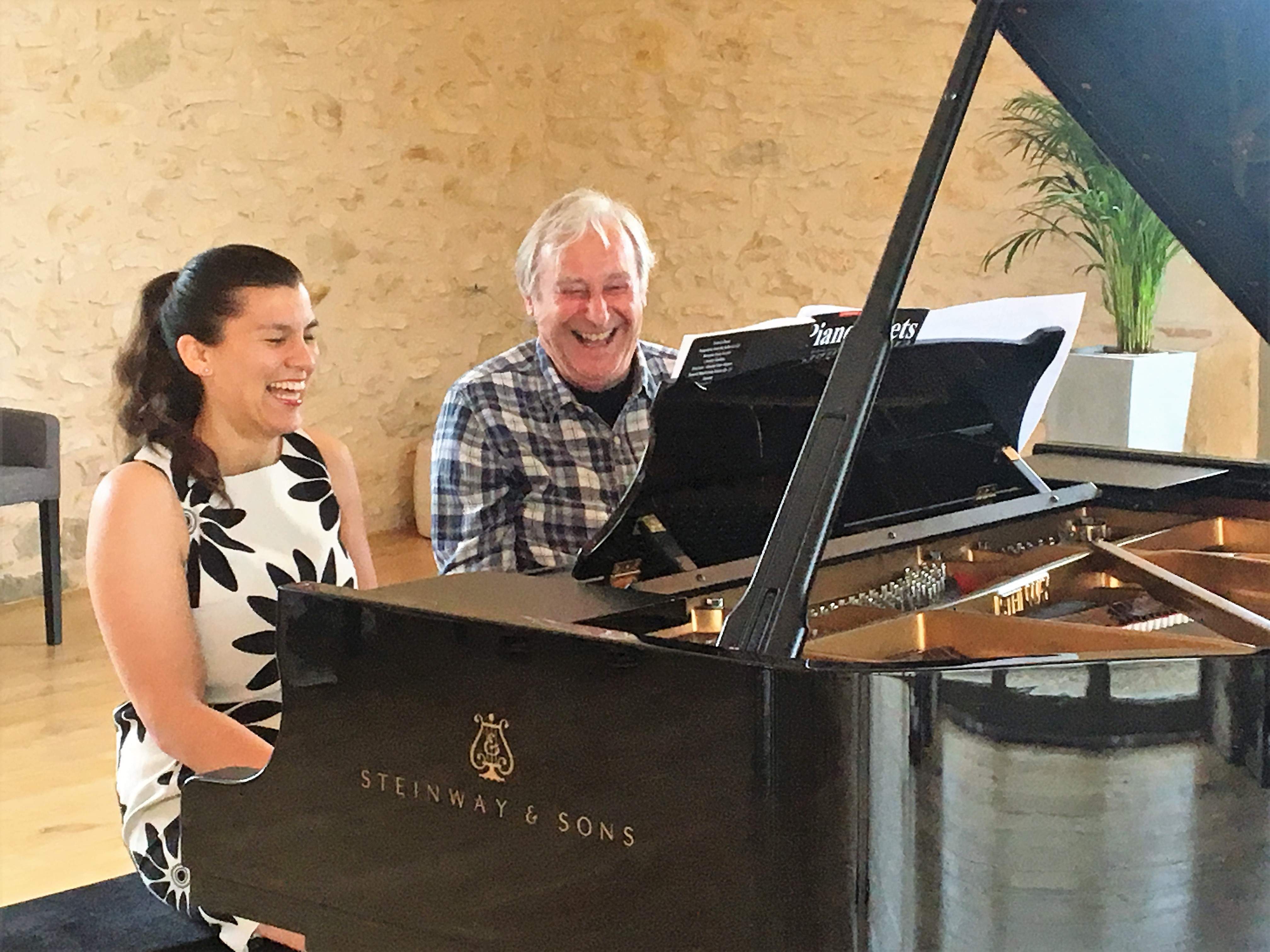I admit it – I watched Rugby World Cup final. After their coruscating performance in the semi-finals against the All Blacks, hopes were high for England, but these were dashed by a South African squad who were, on the day,
Opinion
One of my adult students, who happens to be a heart surgeon, came to a lesson last week with an idea. For his upcoming birthday, during the gathering at his home, he’s thinking he’d like to perform three or four
“Bach’s Goldberg Variations caused me misery – but I still can’t get enough”– Jeremy Denk, pianist Our relationship with our repertoire is personal and often long-standing. Connections with certain pieces and composers may be forged in our early days of
“To create architecture is to put in order. Put what in order? Function and objects.” When Le Corbusier said that sentence about architecture, he could have been talking just as much about music. While the architect practices the art of
This catchy little phrase is part of the current classical music marketing for London’s Southbank Centre (which includes the Royal Festival Hall). It’s a great statement because it’s true: nothing beats the experience of live music. A recording is a
The Instrumental Concerto: pinnacle of music creation – for a soloist and conductor, the ultimate achievement on stage. The convergence of multiple elements in a perfect marriage of complexity, virtuosity, communication, and connection. Except for those times it ends up
“I wish I’d kept up my piano lessons!” How many people do you meet who express this regret, that they’d continued childhood piano lessons into adulthood? At my piano club, there are people who have played all their life; others
Albert Einstein is famous for having said that making mistakes is natural to seeking novelty. The musician is by nature inclined to progress, and is constantly seeking for musical improvement and development. This process is closely tied with the art








